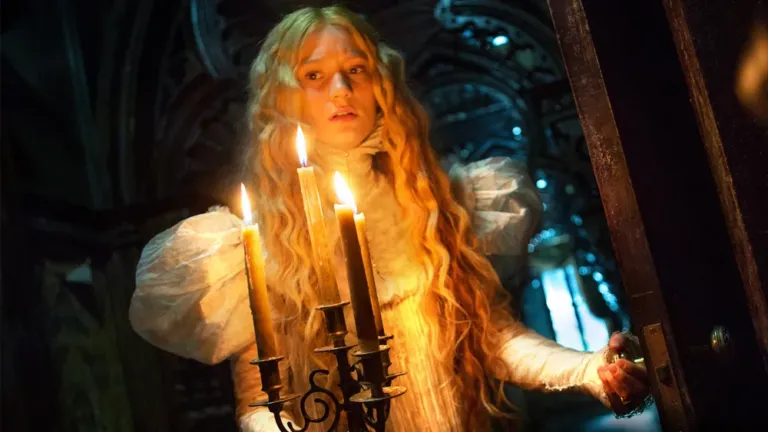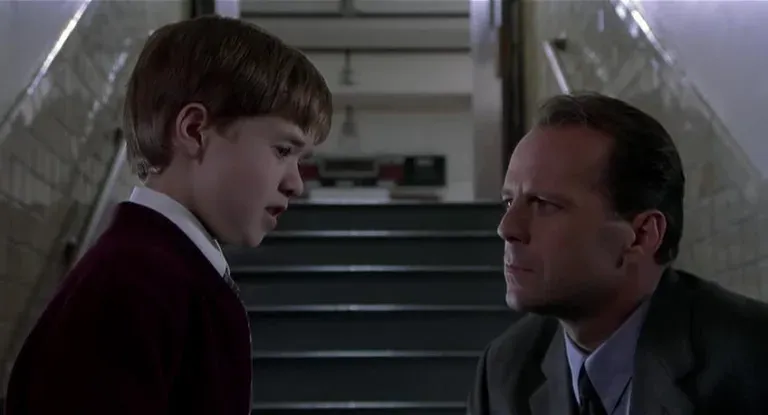Ruth E Carter and African American Culture
Ruth E Carter and African American Culture: is one of Hollywood’s most renowned costume designers, celebrated for her ability to create costumes that tell deep and culturally significant stories. Her career, spanning over three decades, is characterized by a particular attention to detail and a profound understanding of the narratives being brought to the screen. Carter has worked across a wide range of cinematic genres, from historical dramas to science fiction to superhero films. She is particularly known for her work in films exploring African American culture and its roots, such as Malcolm X (1992), Amistad (1997), and Black Panther (2018), for which she won an Oscar.
Collaborations with Horror Films
Although Ruth E. Carter is not primarily known for her work in the horror genre, she has contributed her mastery to projects that have horror nuances or that combine elements of fear and psychological tension. Her expertise in creating costumes that tell complex stories and convey deep emotions is evident in these films as well.
 Vampire in Brooklyn (1995)
Vampire in Brooklyn (1995)
One of Carter’s most notable works in the horror realm is Vampire in Brooklyn (1995), a film directed by Wes Craven and starring Eddie Murphy. Although the film is a horror comedy, Carter utilized costumes to add a level of authenticity and gravity to the characters, particularly to the vampire Max. Max’s elegant and refined outfits draw inspiration from classic gothic vampire styles but with a modern twist. Carter employed rich materials and dark colors to emphasize the air of mystery and seduction surrounding Murphy’s character, blending traditional elements of vampirism with a contemporary aesthetic that made the character more accessible and intriguing to modern audiences.
Beloved (1998)
Another significant example of Carter’s work in a context touching on horror is Beloved (1998), a film directed by Jonathan Demme based on Toni Morrison’s novel of the same name. While Beloved is not a traditional horror film, it contains deeply unsettling supernatural and psychological elements, addressing themes such as trauma and the torment of the soul. In creating the costumes for this film, Carter was tasked with visually representing the horror of slavery and the oppressive atmosphere of grief and loss that permeates the story. The costumes were designed to reflect not only the historical period of post-Civil War America but also the intense emotions of the characters, especially for Sethe, played by Oprah Winfrey. The use of rough fabrics and earthy colors in Sethe’s costumes reflects her harsh reality and the weight of her past.
Lovecraft Country (2020)
More recently, Ruth E. Carter worked as a costume designer for the HBO television series Lovecraft Country (2020), which blends horror, fantasy, and history. Although it is not a film, this series represents one of Carter’s most significant collaborations with the horror genre. Lovecraft Country explores themes of racism and supernatural terror in 1950s America, with costumes playing a crucial role in reflecting the era and narrative tension. Carter utilized a combination of accurate period costumes and imaginative outfits to depict the contrast between reality and the supernatural elements of the series. She integrated details reflecting the cultural identity and resilience of the African American characters, creating costumes that not only establish a sense of time and place but also deliver a strong visual statement against both real and imagined horrors.
Collaboration with Candyman (2021)
One of the most recent horror films in which Ruth E. Carter showcased her talent is Candyman (2021), directed by Nia DaCosta. This film serves as a spiritual sequel to the original Candyman from 1992 and tackles themes of gentrification, racism, and urban history through the lens of supernatural terror. Carter’s work on Candyman (2021) is particularly significant as it pays homage to the original film while updating the look of the characters for a contemporary audience.
In creating the costumes for Candyman (2021), Carter aimed to evoke the terror and mystery associated with the legendary titular character, while also exploring deeper themes of identity and trauma. The Candyman costume, featuring a long dark wool coat lined with fur, has become an icon of horror cinema. Carter reinterpreted this look to make it contemporary, adding textures and details that reflect the brutality and horror associated with the character. The fur-lined coat remains, but with a more modern cut and details that suggest a connection to the character’s troubled past, integrating a sense of historical and narrative continuity with the original film.
 Contribution to the Genre and Legacy
Contribution to the Genre and Legacy
Ruth E. Carter has demonstrated a unique ability to elevate every project she participates in, using costumes not only to reflect the historical period or cultural context but also to explore deeper themes such as identity and resilience. In the horror genre and its variations, her work adds an additional layer of complexity, using costume design to build a world that is both authentic and unsettling. Her contribution to the film industry has been crucial in bringing African American stories to light with a fresh and authentic perspective, making visible traditionally underrepresented narratives and contributing to changing the landscape of contemporary cinema.
Don’t miss reading the articles about other costume designers who have helped horror cinema scare us… they have not only improved the films they worked on but have also elevated the horror genre to new artistic heights. Their costumes are not just clothes but narrative tools that amplify suspense, express complex themes, and enrich the viewer’s visual experience.

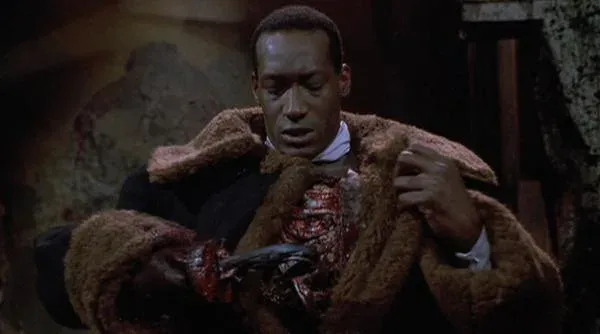
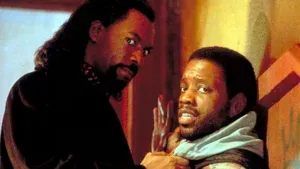 Vampire in Brooklyn (1995)
Vampire in Brooklyn (1995)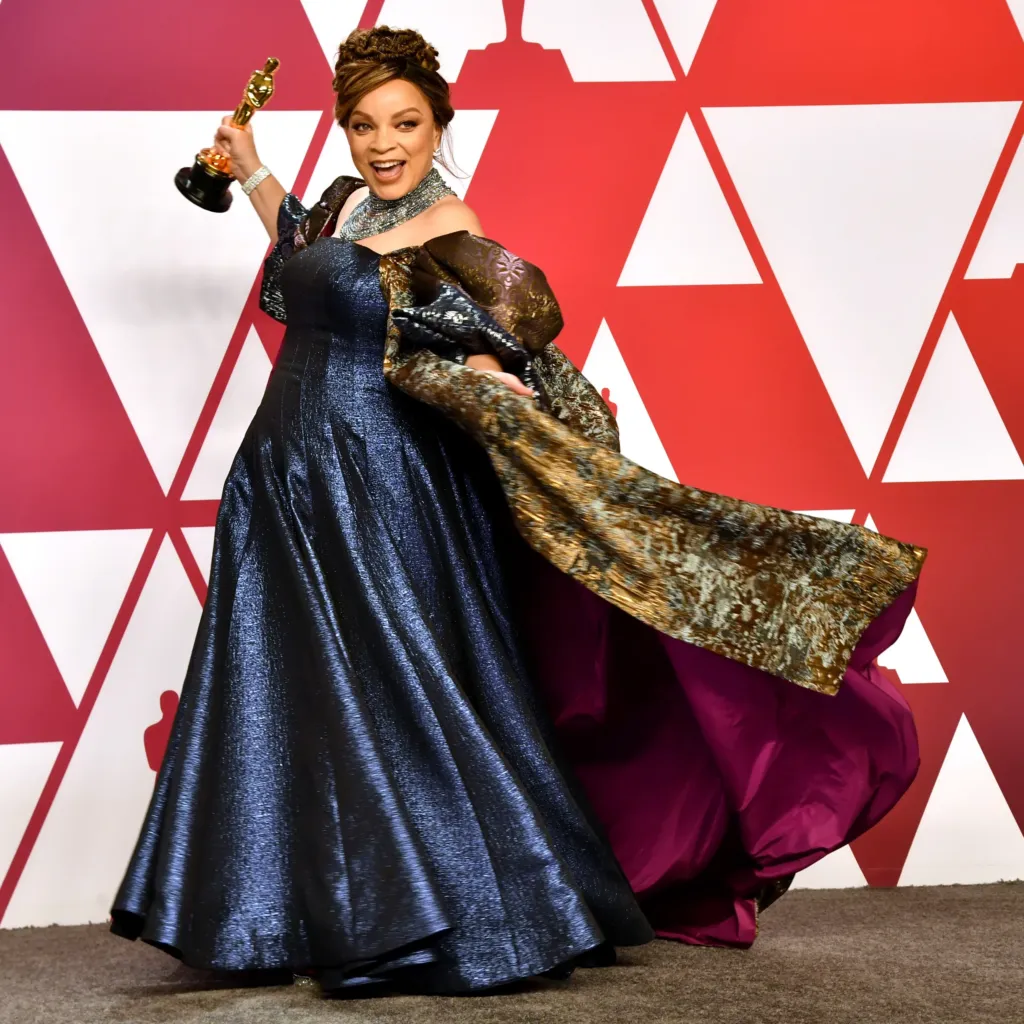 Contribution to the Genre and Legacy
Contribution to the Genre and Legacy

